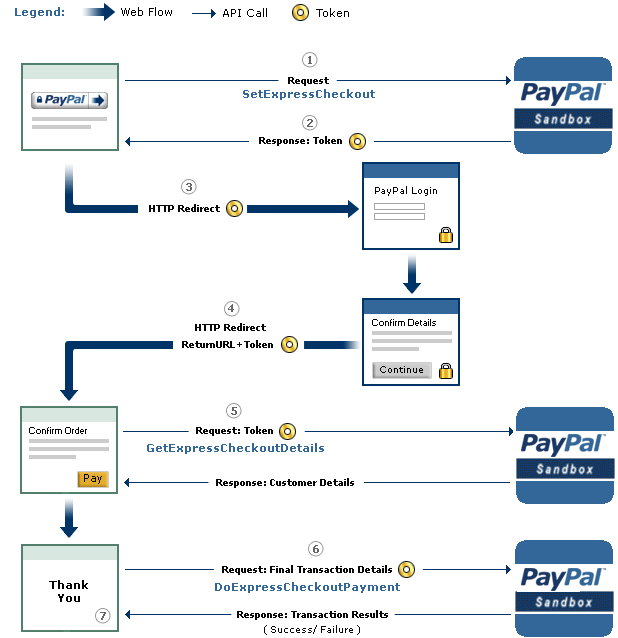FACEBOOK Messenger has become an exceptionally popular app across the globe in general. This handy app comes with very interactive and user-friendly features to impress users of all ages.
With that being said, there are a lot of people who are interested in knowing how to hack Facebook Messenger in Singapore, Hong Kong and other places. The requirement to hack Facebook Messenger arises due to various reasons. In this article, we are going to explain how to hack Facebook Messenger with ease.
As you may know, Facebook Messenger offers a large range of features. Compared to the initial release of this app, the latest version shows remarkable improvement. Now, it has a large range of features including group chats, video calls, GIFs, etc. A lot of corporate organizations use Facebook messenger as a mode of communication for their marketing purposes. Now, this messenger app is compatible with chatbots that can handle inquiries.
Why Hack Facebook Messenger in Singapore?
You may be interested in hacking Facebook Messenger in Singapore (or anywhere else) for various reasons. If you suspect that your partner is having an affair, you may want to hack Facebook Messenger. Or, if you need to know what your kids are doing with the messenger, you will need to hack it to have real time access.
You know that both of these situations are pretty justifiable and you intend no unethical act. You shouldn't hack Facebook Messenger of someone doesn't relate to you by any means, such a practice can violate their privacy. Having that in mind, you can read the rest of this article and learn how to hack Facebook Messenger.
How to Hack Someone's Facebook Messenger in Singapore
IncFidelibus is a monitoring application developed by a team of dedicated and experienced professionals. It is a market leader and has a customer base in over 191+ countries. It is very easy to install the app, and it provides monitoring and hacking of Facebook for both iOS and Android mobile devices. You can easily hack into someone's Facebook messenger and read all of their chats and conversations.
Not just reading the chats, you can also see the photo profile of the person they are chatting to, their chat history, their archived conversations, the media shared between them and much more. The best part is that you can do this remotely, without your target having even a hint of it. Can it get any easier than this?

No Rooting or Jailbreaking Required
IncFidelibus allows hacking your target's phone without rooting or jailbreaking it. It ensures the safety of their phone remains intact. You don't need to install any unique rooting tool or attach any rooting device.
Total Web-Based Monitoring
You don't need to use any unique gadget or app to track activity with IncFidelibus. It allows total web-based monitoring. All that you need is a web browser to view the target device's data and online activities.
Spying With IncFidelibus in Singapore
Over ten years of security expertise, with over 570,000 users in about 155+ countries, customer support that can be reached through their website, and 96% customer satisfaction. Need more reasons to trust IncFidelibus?
Stealth Mode
IncFidelibus runs in pure Stealth mode. You can hack and monitor your target's device remotely and without them knowing about it. IncFidelibus runs in the background of your target's device. It uses very less battery power and doesn't slow down your phone.
Hacking Facebook Messenger in Singapore using IncFidelibus
Hacking Facebook Messenger has never been this easy. IncFidelibus is equipped with a lot of advance technology for hacking and monitoring Facebook. Hacking someone's Facebook Messenger is just a few clicks away!
Track FB Messages in Singapore
With IncFidelibus, you can view your target's private Facebook messages and group chats within a click. This feature also allows you to access the Facebook profile of the people your target has been interacting with. You can also get the media files shared between the two.
Android Keylogger
IncFidelibus is equipped with a powerful keylogger. Using this feature, you can record and then read every key pressed by your target on their device.
This feature can help get the login credentials of your target. You can easily log into someone's Facebook and have access to their Facebook account in a jiffy.

What Else Can IncFidelibus Do For You?
IncFidelibus control panel is equipped with a lot of other monitoring and hacking tools and services, including;
Other Social Media Hacking
Not just FB messenger, but you can also hack someone's Instagram, Viber, Snapchat, WhatsApp hack, SMS conversations, call logs, Web search history, etc.
SIM card tracking
You can also track someone SIM card if someone has lost their device, changed their SIM card. You can get the details of the new number also.
Easy Spying Possible with IncFidelibus
Monitoring someone's phone is not an easy task. IncFidelibus has spent thousands of hours, had sleepless nights, did tons of research, and have given a lot of time and dedication to make it possible.
@HACKER NT










